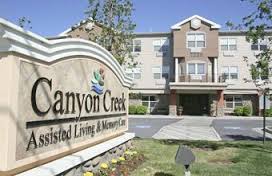Allow Yourself to Consider The Options
In counseling seniors, it became clear to me that many have not yet fully considered the variety of different types of housing they could select from. Since most would rather not move at all, it seems easier for them to not look into various alternative ideas and locations. Often, they decide to stop thinking about positive reasons to move at all, related to health, ease of daily living, proximity to grandchildren, etc.
However, for those who do consider the potential benefits of moving, there are some guidelines that may be useful in narrowing the field by comparing a few different lifestyles. For example, what you want to have included is important to itemize. What it might look like and how it might feel is equally as important to consider.
There are several variables that make up a wide variety of community alternatives, such as location, size of community, composition, and type of community, size of living space, and ownership type. Some aspects of these are:
Location
Where it is geographically, and whether it is in an urban or suburban area. Also, whether it is nearly all self-contained.
Size of Community
It can range from a few people living together, to an apartment-like place with 20-30 occupants, or an entire development with hundreds of people in close proximity.
Composition of Community
This might be age-specific, multi-generational, geared toward primary interests, etc. It also may include assisted living or some form of continuing care in case the need arises in the future.
Living Space
Size could vary from 300 square foot quarters up to full-size spacious homes. Most people preferring a community lifestyle usually downsize, but some may still desire a larger living space.
Ownership
This could be private, co-op, or even leased from a single entity.
Think Through the Details
It may be most useful to write out your thoughts about each of these variables. If you have a clear idea about any of them, having the details on paper can eliminate alternatives that really would not be ideal. It can equally as helpful to note which aspects you do not want.
If you take the time to be even more detailed and systematic about this process, you could create a comparison chart and then highlight or circle the desired choices in each category. An example of this could be the following:
| Location | Community | Composition | Living Space | Ownership |
|
City |
Shared large house |
Age-specific |
500 sq ft |
Buy |
|
Suburbs |
20-30 units |
Multi-generational |
1,000 sq ft |
Rent |
|
Self-contained |
100+ units |
Assisted living |
2,000 sq ft |
Co-op |
